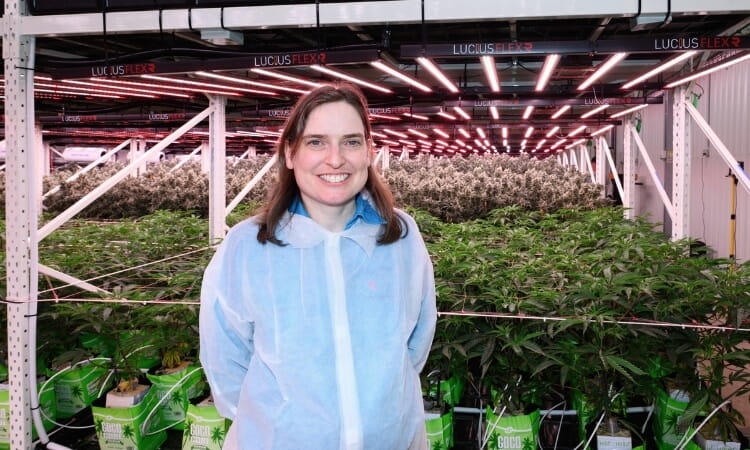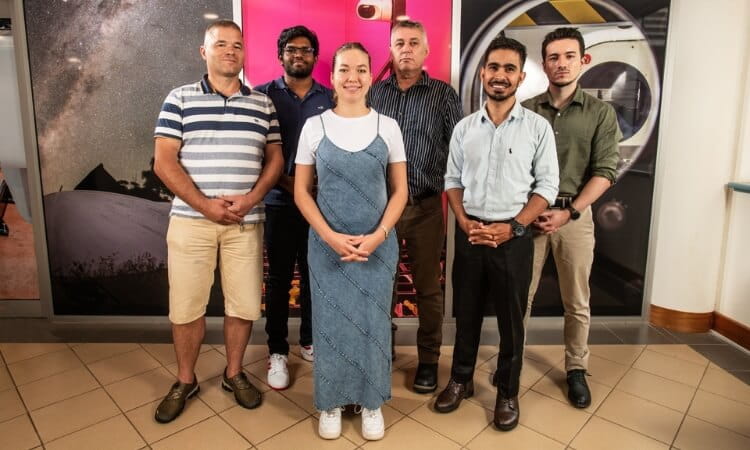One of the oldest of the sciences, astronomy has also become an exciting way for today’s student to develop transferable, in-demand skills in Science, Technology, Engineering and Mathematics (STEM).
Is there life on other worlds?
In the past two decades, scientific and technological advances driven by research into astronomy and space have revolutionised our understanding of, and capacity to explore, the universe. Astronomers observe the universe ever more deeply, and space offers a limitless frontier for us to explore our cosmic past, present and possible future.
While the ancient question of life beyond Earth remains unanswered, it can be addressed more effectively thanks to developments in astronomical and space technology. In the past two decades thousands of planets have been discovered orbiting stars other than the Sun, and it is estimated that billions of planets in our Galaxy could be capable of supporting life.
The search is on
A global search is on to find and remotely explore the most likely exciting planets orbiting our nearest stars; key to this global pursuit is Mt Kent Observatory.
In conjunction with northern-hemisphere partners including the Harvard-Smithsonian Center for Astrophysics and University of Louisville, researchers in both hemispheres are exploring the sea of space in search of Earth’s sister planet.
The clearer picture such studies provide of the evolution of stars and their planets is allowing us to learn more about the potential for exoplanetary habitability. This same knowledge is also helping UniSQ PhD students to be at the forefront of ongoing planet discovery work to explore from afar the many worlds around the stars of our night sky.
UniSQ will play a leading role in confirming the existence of those worlds, and learning more about them.
With the expansion of our Mt Kent facility to include the MINERVA-Australis telescope array, UniSQ plays a critical role in learning more about the planets found by NASA’s upcoming space mission, the Transiting Exoplanet Survey Satellite (TESS). Over the coming decade TESS will discover thousands of new exoplanets around nearby bright stars.



